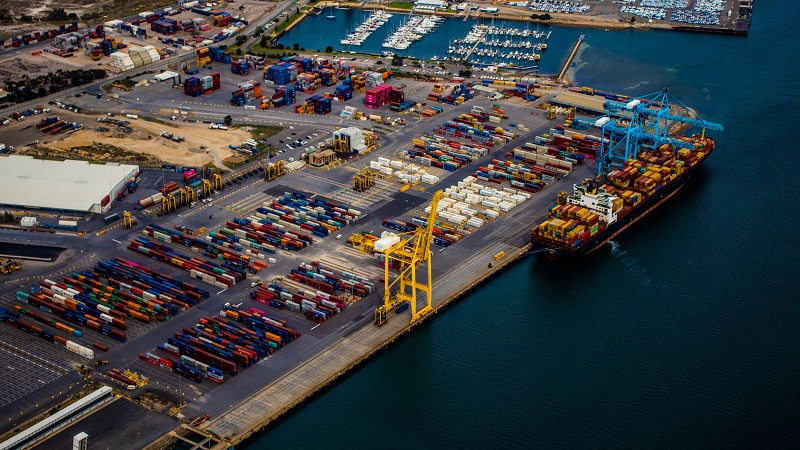Galveston Wharves at the Port of Galveston and energy transition services firm Stabilis Solutions have signed a memorandum of understanding to enable LNG bunkering at that Texas port, the companies have said.
Under the terms of the MOU, the port and Stabilis will provide LNG fueling solutions to vessels calling there, including identifying suitable dock space for shore-to-ship fueling operations, obtaining the necessary permits and approvals and identifying and educating potential customers, the companies said an Aug. 3 statement.
LNG bunkering services are expected to be available in 2021.
The Port of Galveston is the second LNG marine fueling location, along with the Texas port of Corpus Christi, that Stabilis will operate on the Gulf Coast.
LNG accounted for around 4% of global bunker demand in 2020 and will grow its share to 12% in 2030 and 20% in 2040 as the shipping industry looks for transition fuels, S&P Global Platts Analytics saidJuly 8.
Once Stabilis begins operations in Galveston it will be one of a handful of active spot LNG bunkering operations in the US Gulf.
The fuel results in fewer CO2 emissions than fuel oil and therefore continues to attract attention as a potential fuel to meet the climate goals of the International Maritime Organization, which is targeting a 40% reduction in CO2 intensity in the global fleet by 2030, compared with 2008.
The IMO is also targeting a 50% reduction in greenhouse gas emissions from the global fleet by 2050 from 2008, and LNG, as a fossil fuel, may be unsuitable for this.
LNG traditionally has lower operational costs than those of fuel oil, the current prevalent marine fuel. However, high Asian demand and prices are drawing product there, and supporting prices in Europe, and in recent days LNG as a bunker fuel has been more expensive than conventional fuel oil.
S&P Global Platts assessed LNG as a bunker fuel at Rotterdam at $663.51/mt Aug. 3, equivalent to $12.98/gigajoule, compared with $525/mt delivered or $12.04/gj for delivered 0.5% sulfur fuel oil at the port.
Source: Hellenic Shipping News






